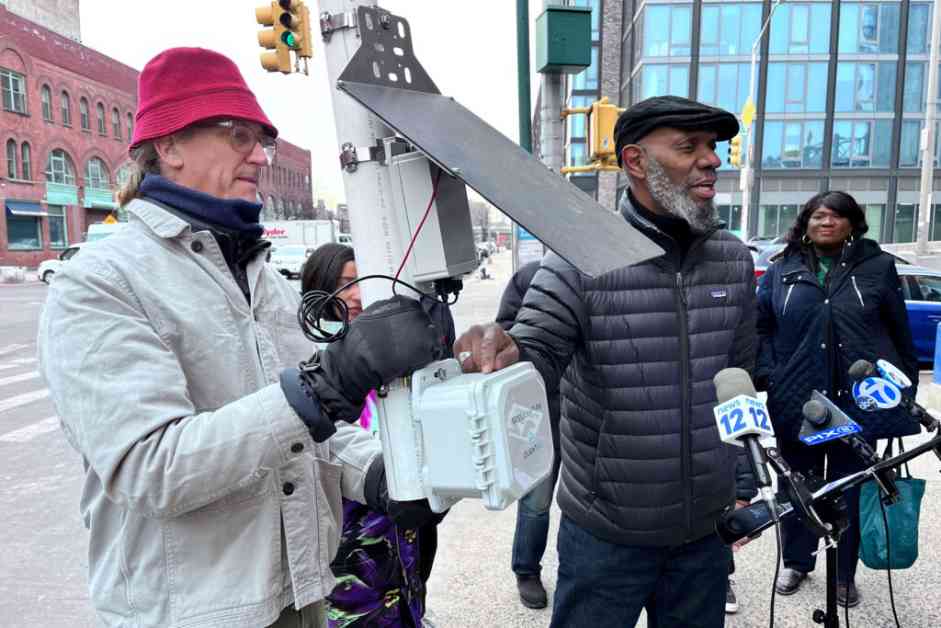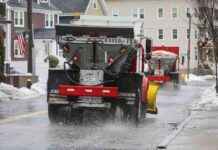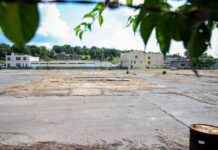The Impact of Congestion Pricing in Low-Income Areas
In a groundbreaking move, New York City has implemented congestion pricing to reduce traffic congestion in the central business district. However, the tolls charged for vehicles entering this area are expected to have unintended consequences in low-income neighborhoods, such as the South Bronx.
Disproportionate Effects on Low-Income Communities
Community advocates, like Mychal Johnson from South Bronx Unite, have raised concerns about the negative impact of congestion pricing on neighborhoods like the South Bronx. With heavy truck traffic already a significant issue in the area, the introduction of congestion pricing is projected to worsen traffic and pollution levels.
Community Voices Speak Out
During a recent press conference, residents and advocates highlighted the challenges faced by the community due to congestion pricing. Stories of asthma patients, children missing school due to health issues, and the struggles of daily life in a polluted environment were shared to shed light on the real-life implications of this policy.
Environmental Justice Concerns
Experts, like the associate professor of environmental health sciences at Columbia University, have pointed out the need to monitor air quality in low-income neighborhoods affected by congestion pricing. The stark differences in air quality between wealthy and poor areas underscore the environmental justice issues at play.
Community Advocacy and Mitigation Efforts
Despite the challenges posed by congestion pricing, community groups are advocating for mitigation measures to address the disproportionate impacts on low-income communities. Initiatives like installing air purifiers in schools, creating asthma treatment centers, and replacing diesel refrigeration units aim to alleviate the burdens faced by residents in areas like the Bronx.
As New York City navigates the complexities of congestion pricing, the voices of community members like Mychal Johnson serve as a reminder of the importance of considering the impacts on vulnerable populations. It is crucial to strike a balance between reducing congestion and safeguarding the well-being of all residents, especially those in underserved communities. The road ahead may be challenging, but with collaborative efforts and a commitment to environmental justice, New York City can pave the way for a more equitable and sustainable future for all its residents.














